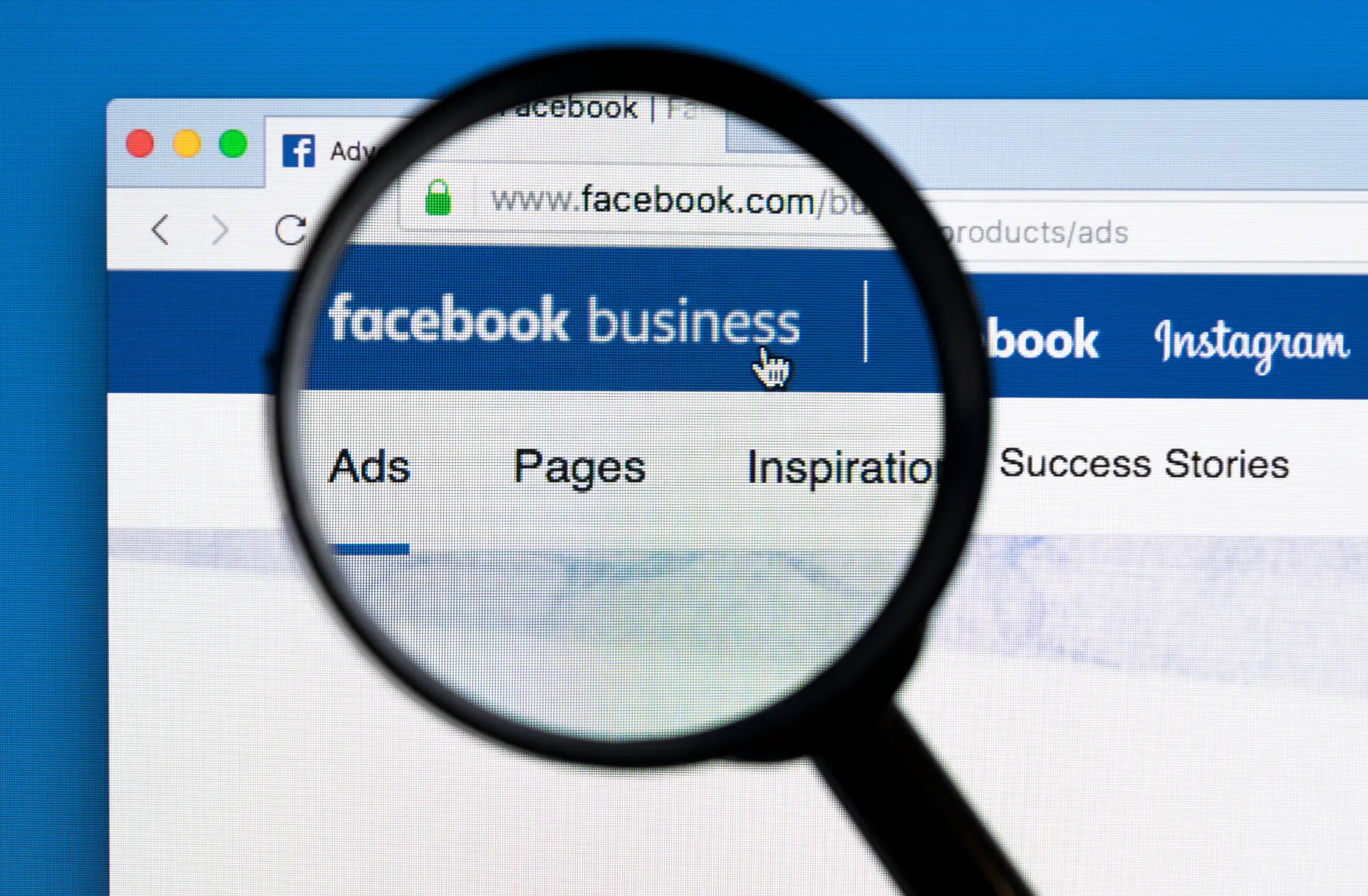Table of contents
- The phishing threat returns to Facebook
- How the Messenger scam works
- How to protect your Facebook account
- The importance of digital awareness
The phishing threat returns to Facebook
Phishing on Facebook Messenger is back and it’s more sophisticated than ever.
In recent days, CSIRT Italy (Computer Security Incident Response Team) has reported a massive wave of fake security messages designed to steal users’ login credentials and personal data.
The messages exploit the fear of losing one’s account: they talk about “suspicious activity” and possible account suspensions, urging the user to click on a link to “verify security.”
But behind that link lies a fake page, perfectly identical to Facebook’s interface, ready to capture usernames, passwords, and phone numbers.
How the Messenger scam works
Once clicked, the link leads to a fake Facebook page that looks identical to the real one. The victim is asked to enter their username, password, and phone number for a supposed “security verification.”
These details are instantly sent to the attackers, who can log in, change passwords, or use the account for further scams.
To avoid suspicion, the user is redirected to the real Facebook homepage afterward, believing everything is normal.
By combining urgency, authentic design, and technical language, the scammers deceive even cautious users who aren’t well-versed in cyber security.
How to protect your Facebook account
Experts recommend a few simple but essential precautions:
- Never click on suspicious links from messages or emails.
- Always check the sender’s domain legitimate ones end with facebook.com or meta.com.
- Log in only through official Facebook apps or websites.
- Enable two-factor authentication (2FA) to secure your account even if your password is stolen.
- Report fake profiles and messages to Facebook Support or your local Cyber Police.
In cyber security, awareness is power: one click less can mean one data breach avoided.
The importance of digital awareness
The Facebook Messenger scam is just the latest example of how criminals exploit users’ inattention.
In an age where everything goes through social media, learning to recognize a phishing attempt is a form of digital literacy.
Whenever you receive an alarming message, pause: if something seems too urgent or “official,” it probably isn’t.
Protecting your data also means protecting your identity.


